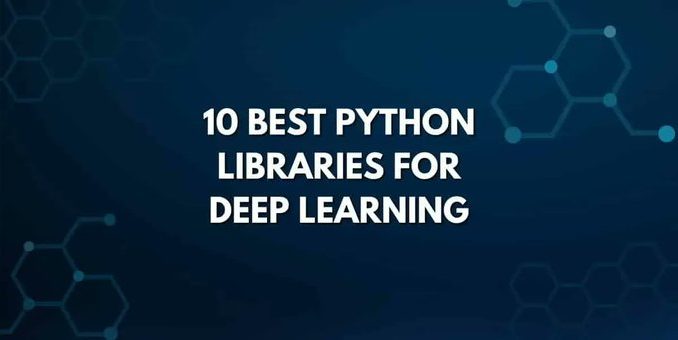
Python has been steadily rising to become a top programming language. There are many reasons for this, including its extremely high efficiency when compared to other mainstream languages. It also features English-like commands and syntax, which makes it a top choice for beginner coders.
Perhaps the biggest selling point of Python is its vast amount of open-source libraries that enable the language to be used for everything from data science to data manipulation.
Python and Deep Learning
Deep learning is a subfield of machine learning involving artificial neural networks, which are algorithms inspired by the structure of the human brain. Deep learning has many applications and is used in many of today’s AI technologies, such as self-driving cars, news aggregation tools, natural language processing (NLP), virtual assistants, visual recognition, and much more.
In recent years, Python has proven to be an incredible tool for deep learning. Because the code is concise and readable, it makes it a perfect match for deep learning applications. Its simple syntax also enables applications to be developed faster when compared to other programming languages. Another major reason for using Python for deep learning is that the language can be integrated with other systems coded in different programming languages. This makes it easier to blend it with AI projects written in other languages.
Let’s take a look at the 10 best Python libraries for deep learning:
